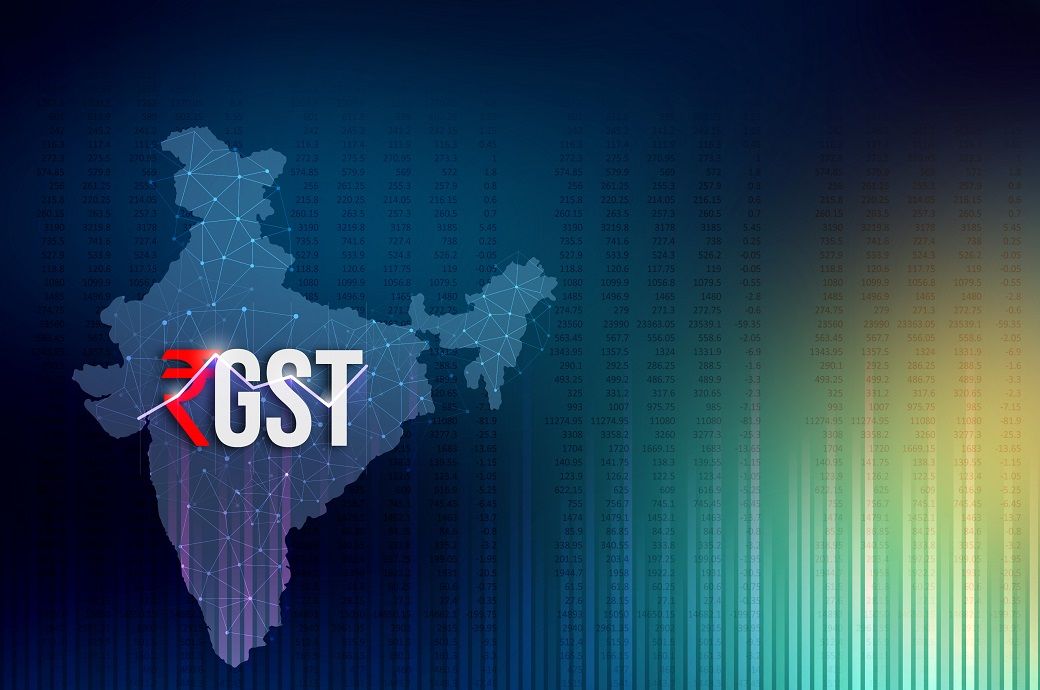
The key element of the reform is the abolition of the 12 per cent and 28 per cent bands for GST, effective from September 22. Most products in these bands will move to the lower 5 per cent and 18 per cent bands, respectively. It expects these and other GST changes to result in lower prices, though some firms may seek to absorb the benefit themselves rather than passing it on to consumers through price cuts, Fitch Ratings said in a press release.
Fitch estimates the fiscal cost of the reforms to be around 0.2 per cent of GDP annually, but the potential boost to consumption and growth will depend on the extent to which companies pass on lower taxes to consumers. It recently revised up India’s GDP growth forecast to 6.9 per cent in FY26, from 6.5 per cent, although this largely reflects a stronger first quarter (Q1) of FY26 outcome.
The reform is expected to have a mildly negative effect on revenues, potentially making further deficit reduction beyond FY26 more challenging. Even so, the government is anticipated to adjust expenditure to maintain the FY26 budget target of a 4.4 per cent deficit-to-GDP ratio.
Simplifying the GST is also seen as reducing the administrative burden on businesses, which may encourage higher compliance and help offset part of the revenue shortfall, added the release.
ALCHEMPro News Desk (SG)
Receive daily prices and market insights straight to your inbox. Subscribe to AlchemPro Weekly!